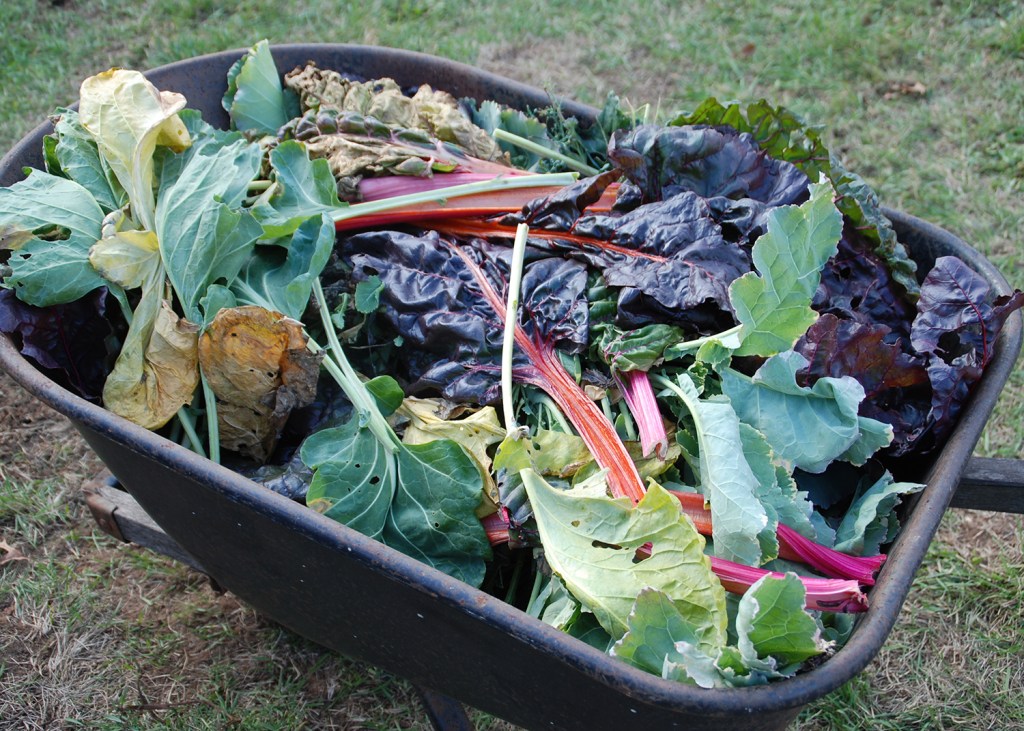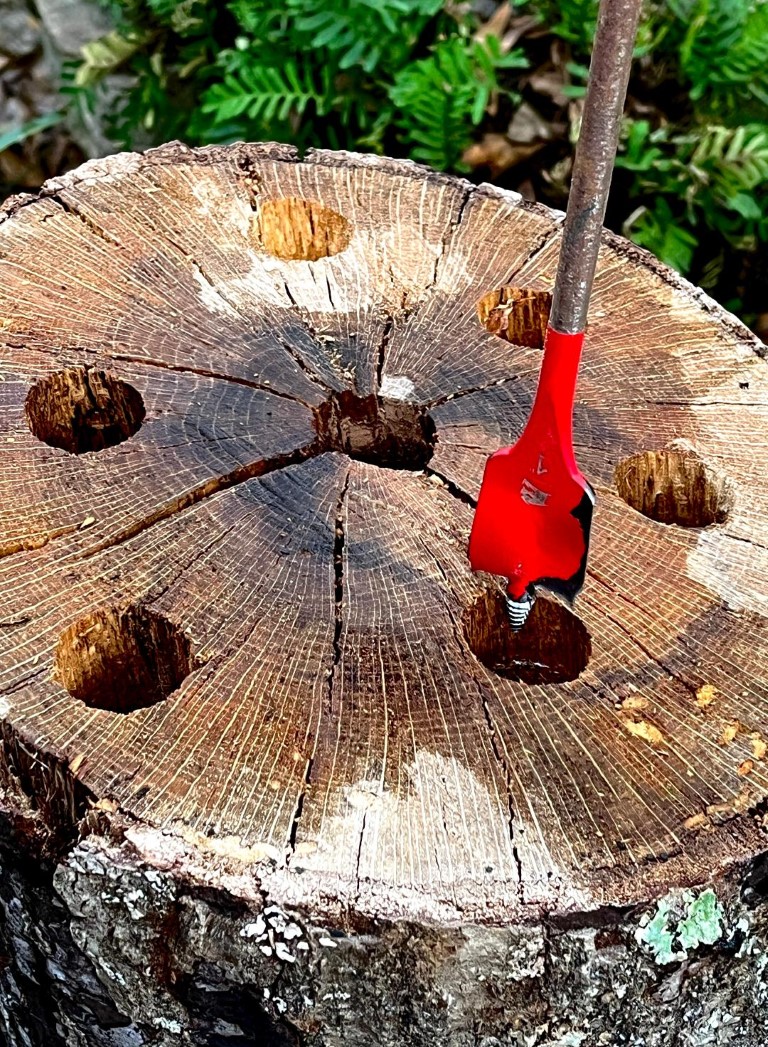Put Kitchen Scraps and Landscape Trimmings to Work in the Garden
Published 4:08 am Wednesday, August 18, 2021
By Melinda Myers
Convert landscape and garden trimmings into valuable compost. Incorporate this soil amendment into garden soil to improve drainage in clay soil and increase water-holding ability in fast draining sandy soils. It also promotes healthy plant growth more resistant to insect and disease problems and keeps plant-based kitchen scraps and garden waste out of landfills.
Composting is as simple as placing disease- and insect-free plant debris into a pile and letting it rot. Don’t add meat, dairy, or fat that attracts rodents or weeds that have gone to seed, invasive plants or perennial weeds that can survive the compost process and end up back in the garden.
You can enclose the pile in a bin to keep the process neat, tidy, and out of sight. Some gardeners prefer tumbler composters for added ease when it comes to loading, unloading, and turning the pile. Dual bin tumblers allow you to stockpile the raw materials in one bin while actively composting in the other.
Always check with your municipality first. Some have restrictions on the type of bins that are acceptable while others may offer them at a discount.
Start your pile in an accessible space hidden by nearby plantings, fences, or decorative bins. Turn the pile frequently, moving the more decomposed materials in the center to the outside and less decomposed to the center.
Speed things up by mixing nitrogen and carbon rich plant debris, topping with soil or compost, and adding a bit of fertilizer. Including equal parts of nitrogen rich (green) materials like herbicide-free grass clippings, fruit wastes, vegetable clippings and manure with carbon rich (brown) cornstalks, evergreen needles, straw and fall leaves will speed the process. But don’t let this recipe prevent you from composting. All plant waste will eventually decompose as weather, insects and micro-organisms digest the materials over time.
Start with an 8- to 10-inch layer of garden trimmings. Cover with an inch of soil or compost and sprinkle with fertilizer to help speed things along. Repeat until the pile is at least three feet tall and wide. Moisten the pile to a consistency of a damp sponge.
Turn the pile as time allows or frequently for faster results. Move the more decomposed materials from the center to the outside of the pile. It’s a great work out and speeds up the decomposition.
The more effort you put into composting the sooner you will have rich organic matter for your garden. But even casual composters end up with a wonderful amendment for the garden.
Compost is ready when it is brown and crumbly. Mix finished compost into potting mixes for containers, work it into garden beds or spread a one-inch layer over the soil surface of perennial gardens every other year.
Start putting your landscape trimmings in a heap and watch the magic happen.
Melinda Myers is the author of over 20 gardening books, including The Midwest Gardener’s Handbook and Small Space Gardening. She hosts The Great Courses “How to Grow Anything” DVD series and the nationally-syndicated Melinda’






